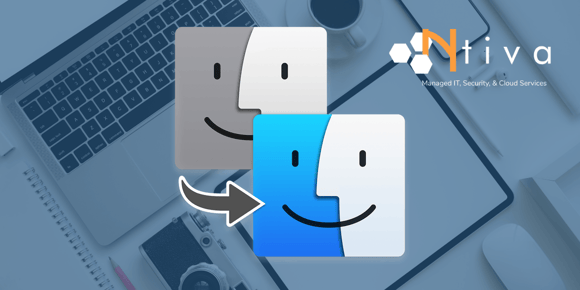When it's time to move your content to a new Mac, Apple provides Migration Assistant to get the job done. Migration Assistant can migrate data from a Mac, Time Machine backup, or startup disk — even from a Windows PC!
The Truth About Apple Migration Assistant
When it works, it works great.
When it fails, it fails miserably.
It doesn't do a very good job of estimating how long the migration will take, and sometimes it can get stuck and never finish.
In most cases, we recommend starting the migration, then walking away for the night.
Apple's support article, How to move your content to a new Mac lays out the basics of how to make this work.
Below we've added our own tips and tricks to make the process as smooth as possible based on performing thousands of migrations over the years.
![]()
How To Prepare Your Mac for Migration Assistant
PASSWORDS & APPS
- Collect and document as many of your passwords as you can (or rely on a password manager. Everyone should have a password manager. We prefer 1Password). Your passwords will be needed to log in to your new Mac, activate your Microsoft/Adobe/Extensis software, and connect to file-sharing servers.
- Make a note of any business-critical software you want to be certain is installed on your Mac after the migration. Why? Because in our experience, it's better to reinstall applications rather than migrate them.
SPRING CLEAN
- Empty your Trash.
- Take time to go through your Desktop, Documents, and Downloads folders. Delete extraneous and unneeded files, or move older files you don’t need every day to your organization's server for safekeeping.
Once you’ve sorted your content, it’s time to schedule the migration.
We recommend breaking the migration into two phases — backup and restore.
Both phases can take up to a day to complete, and you’ll retain full use of your Mac during the process.
ALTERNATIVE METHOD (If you can spare a lot of downtime).
The alternative to a two-phase backup and restore is to use Migration Assistant and migrate directly from the old Mac to the new Mac. This can also work, however, beware ... you will not have access to either Mac during this process. And remember, in our experience, Migration Assistant doesn't do a very good job of estimating how long the migration will take. Sometimes it can get stuck and never finish.
How to Migrate With Time Machine
PHASE ONE: Make a Time Machine Backup
Make a Time Machine backup using any available external hard drive that has enough storage to contain your current hard drive.
Reach out to your support team for assistance in turning on Time Machine if you haven’t gone through this process before, or watch this video.
HELPFUL TIPS: If you're not in a hurry, just let Time Machine do its thing. It will take several hours — maybe even several days.
However, if you want the backup to complete more quickly, then give Time Machine full power:
-
- Close ALL apps.
- Set your Mac to Never Sleep in Energy Saver (be sure to use a power adapter).
- Leave your MacBook lid OPEN.
- Lock your screen and go home for the night.
- Still not running as fast as you believe it could be? Try these advanced commands from Terminal:
- Give TM full Power:
sudo sysctl debug.lowpri_throttle_enabled=0 - Return TM to normal power (remember to do this when TM is done with the first backup:
sudo sysctl debug.lowpri_throttle_enabled=1
- Give TM full Power:
After your backup is complete, disconnect the Time Machine hard drive and keep it safe. Be sure all new work created on your laptop going forward is tracked and saved on the server (or other online storage).
PHASE TWO: Restore the Time Machine Backup
Set aside time to restore your Time Machine backup to your new Mac. Plan on at least 4 hours of restore time. It could take longer, it could take less. We recommend not watching it. :)
However, we do recommend watching this video if you want more details.
In our experience, it's better to reinstall applications rather than migrate them so we recommend you uncheck and NOT migrate any Applications.

Once the migration is complete, you can begin using your new destination computer. Log in and test everything — email, file sharing access, your documents, etc. Only when you're satisfied that everything is working on your new Mac, can the old Mac — and your Time Machine backup — be erased or recycled.



.jpeg?width=300&name=Blog%2025%20Refresh%20(1).jpeg)
